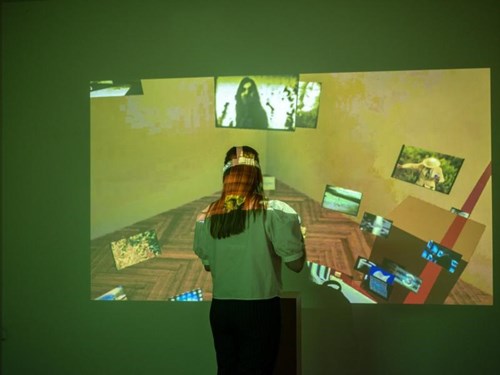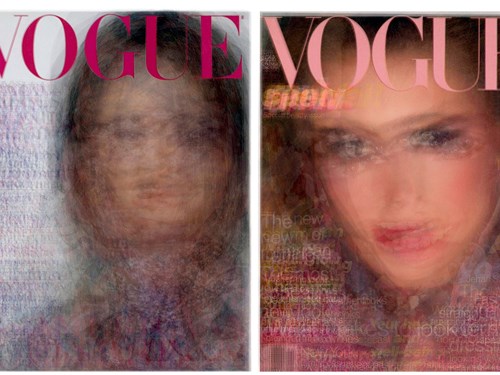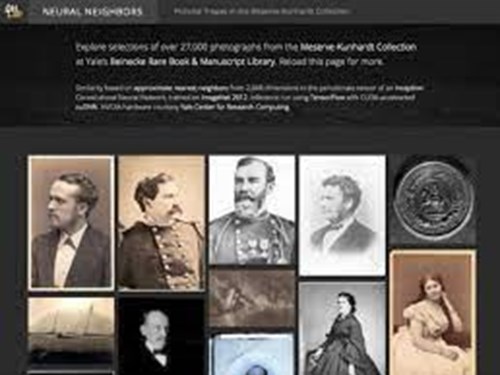Image analysis
For many years, texts and written materials have been the main objects of interest in the digital humanities. With the rapid development of technologies in the fields of image recognition or computer vision and the involvement of artificial intelligence, a number of opportunities have opened up for humanities scholars to explore and process large datasets of photographs and other visual materials. The field of image data processing is where artificial intelligence meets the digital humanities.
Image analysis has a wide range of applications. Perhaps its potential is most exploited by researchers in the processing of large collections of digitized or digital photographs or images, where algorithms help to recognize the content of photographs and automatically classify and sort them into collections according to themes or other characteristics.
Other areas where image processing plays a key role include art history or cultural analytics, where algorithms can detect patterns or similarities in works from different time periods or geographic regions.
A pioneer in this field is Lev Manovich, who was one of the first to use computer image processing methods to study colour scales in the works of the Impressionists or the patterns of taking selfies in several world capitals.
In recent years, the field of image data generation using artificial intelligence has also been improving, where computers can create new visual works based on trained datasets of images and photographs. In addition to projects such as Midjourney, DeepDream or Dalee, which have so far been used more for creative applications, these so-called generative models are being used, for example, in the field of healthcare or art restoration.
At Masaryk University you will also find several projects worth mentioning. One of the largest is the Media Art Live Archive, which focuses on the use of the functionalities of intelligent software (image recognition technologies) to research the work of the Vasulka family. It also explores various ways of visualizing the outputs of AI work, including visualizing the pseudo-cognitive processes that the software performs. Another example is the Patterns of Beauty project, making available image documentation of historical fabrics that can be used to study the history of applied art, but also to train neural networks that generate new visual data for fashion designers.
It should be added, however, that computer vision techniques pose a number of theoretical and methodological challenges for humanities scholars. Any application of computer vision techniques to corpora of historical or contemporary visual materials should be based on a carefully formulated research question and a consideration of how computer vision techniques can contribute to its solution.


